Donation: 81 Drawings by Gunta Stölzl Join Our Collection
The textile designer Gunta Stölzl (1897–1983) is among the most famous Bauhaus artists today. She was one of the first to enrol at the State Bauhaus in Weimar in autumn 1919. Initially a student, then the first female master at the Bauhaus Dessau, she strongly influenced the teaching activities in the weaving workshop. Under her management, she transformed the workshop into one of the most productive and modern at the Bauhaus.
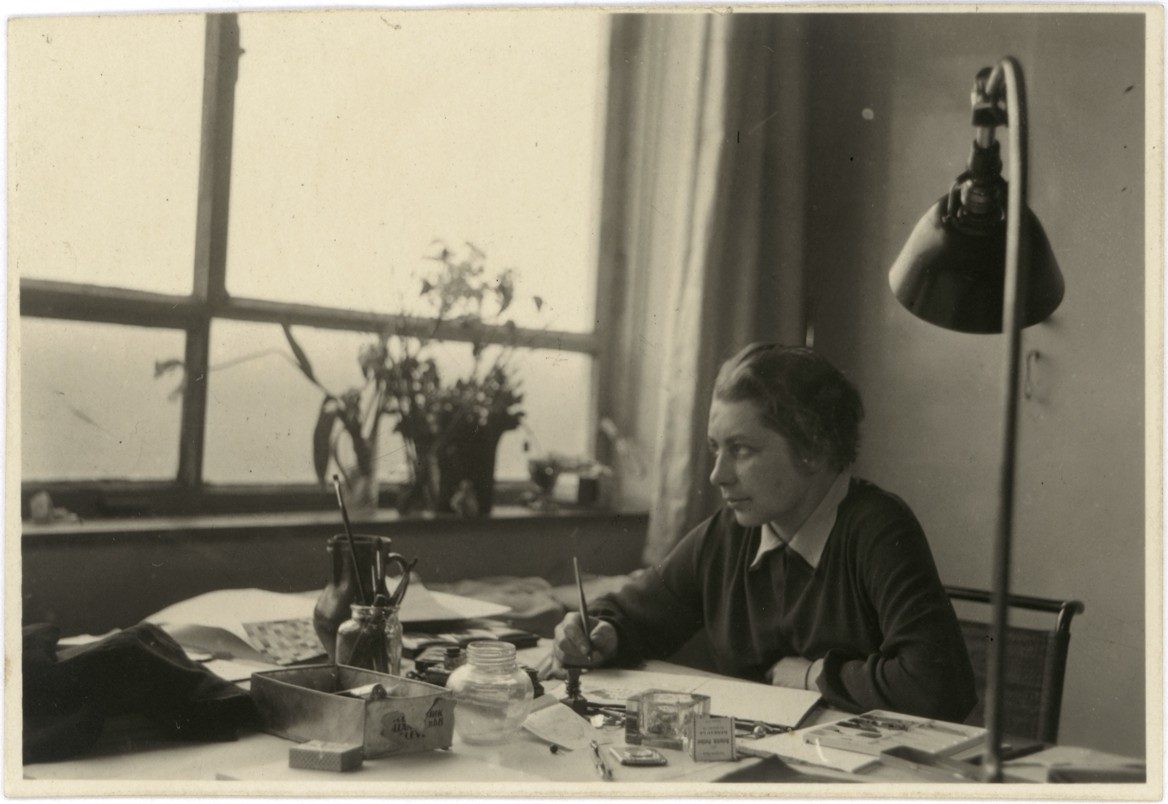
Lorem ipsum
Gunta Stölzl is perhaps best known for her fabrics and rugs, but few know that she was also a talented graphic artist. Before arriving at the Bauhaus, she had studied at the Royal School of the Arts and Crafts in Munich from 1913 to 1919 under Werkbund co-founder Richard Riemerschmid (1868–1957). In 1917 and 1918, she took a hiatus from her studies to work for the Red Cross as a nurse in France and what is today Slovenia during World War I.
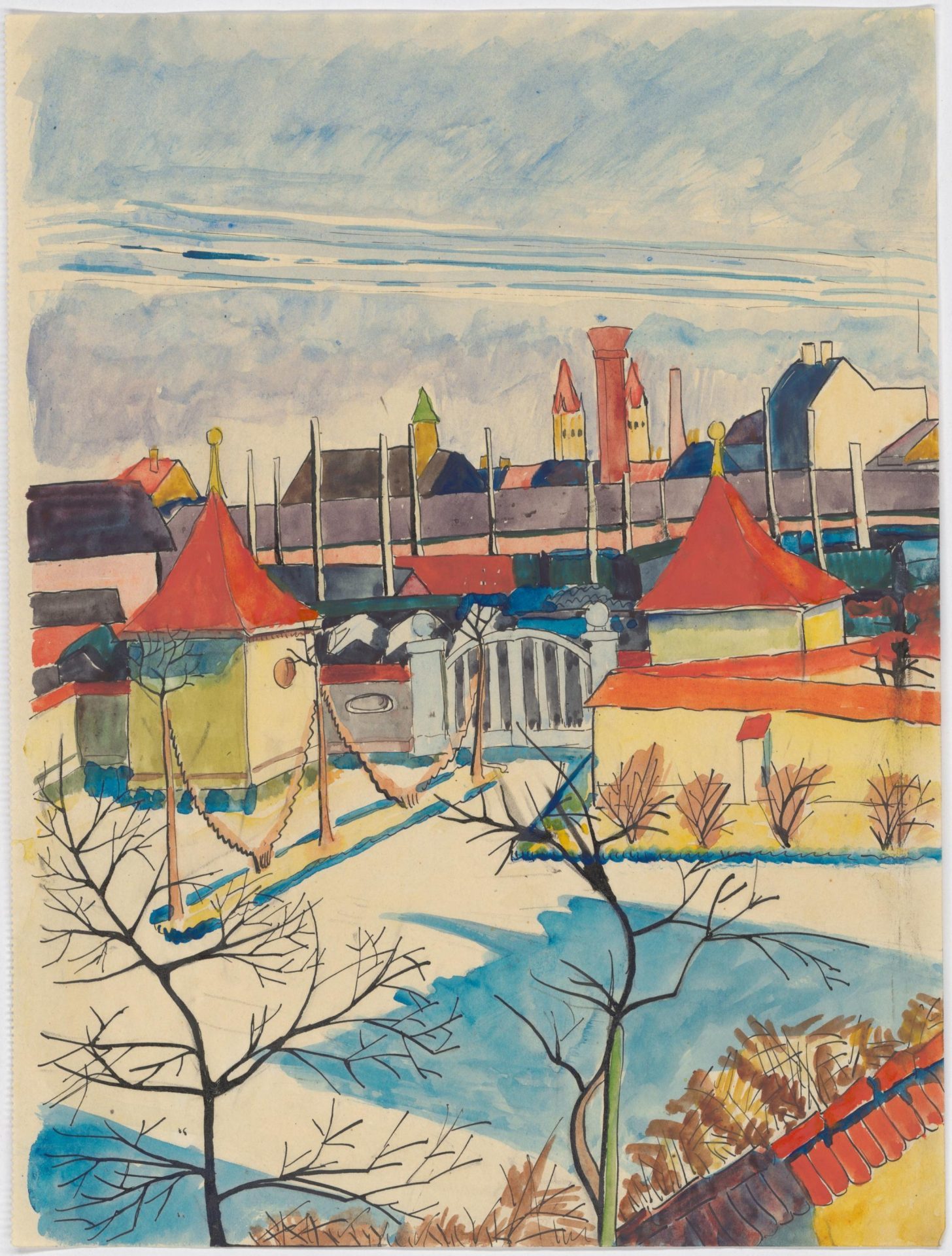
Lorem ipsum
-
It was during these years that Gunta Stölzl produced numerous drawings and watercolours of her surroundings, characterised by dynamic brushstrokes and a pronounced sense for colour. Marked with dates and place names, her pictures feature landscapes and village scenes from Bavaria, Slovenia and France, as well as scenes of agrarian and bourgeois life and multi-perspective animal studies.
Thanks to a generous, extensive donation from Ariel Aloni, Gunta Stölzl’s grandson, 81 of these drawings including four watercolours now belong to the collection of the Bauhaus-Archiv / Museum für Gestaltung in Berlin. They serve to wonderfully complement the existing holdings of the Bauhaus era and offer us a more comprehensive understanding of this exceptional artist and her oeuvre.
From Our Collection
-
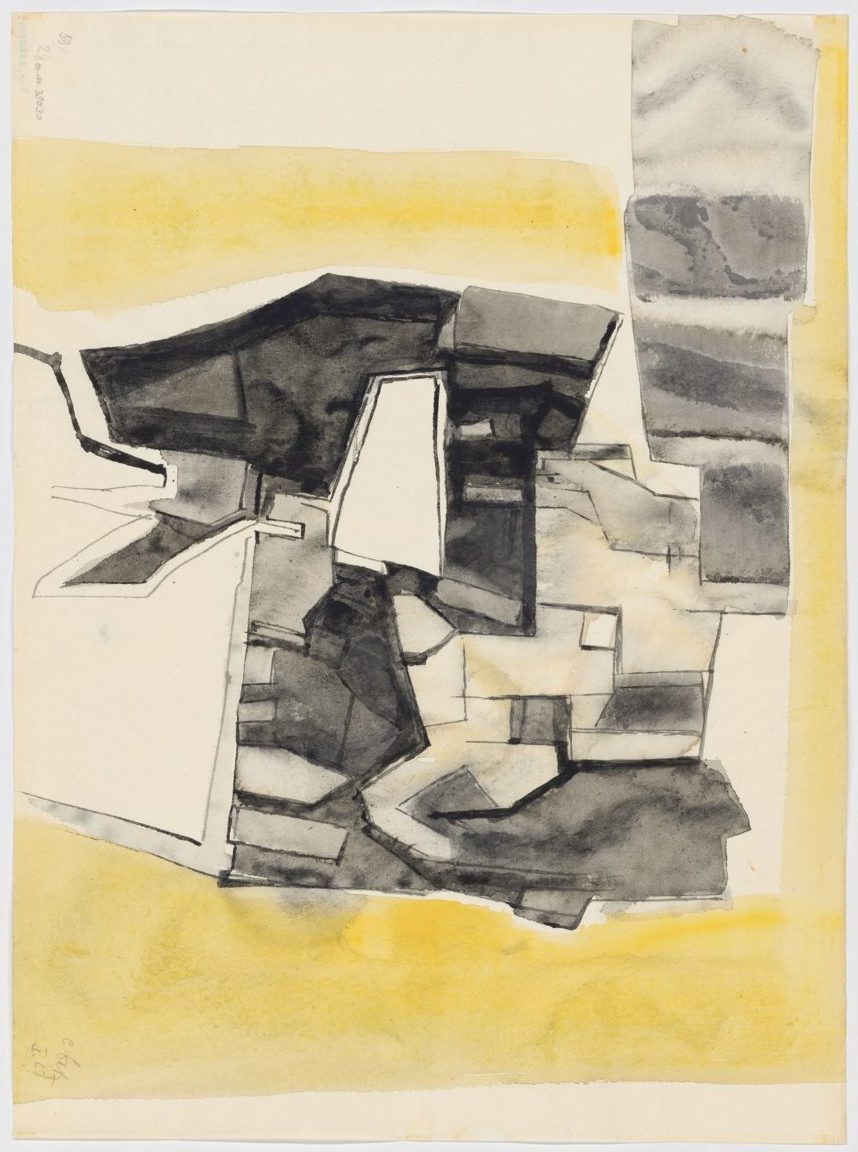
Donation: Paintings and Graphic Works by Eugen Batz Join Our Collection
Collection -
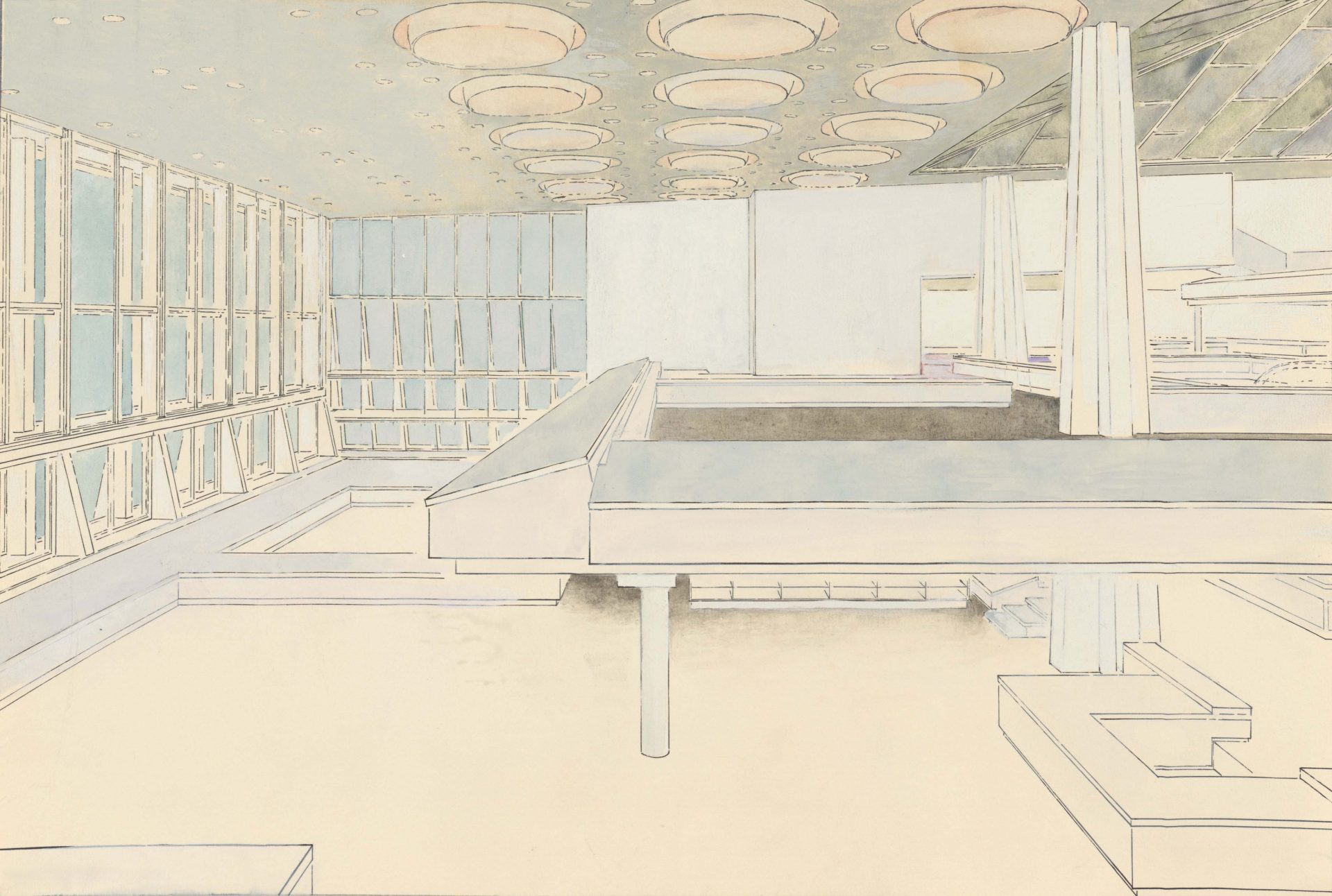
A Glimpse Into Our Collection: Lou Schepers’ Estate
Collection -
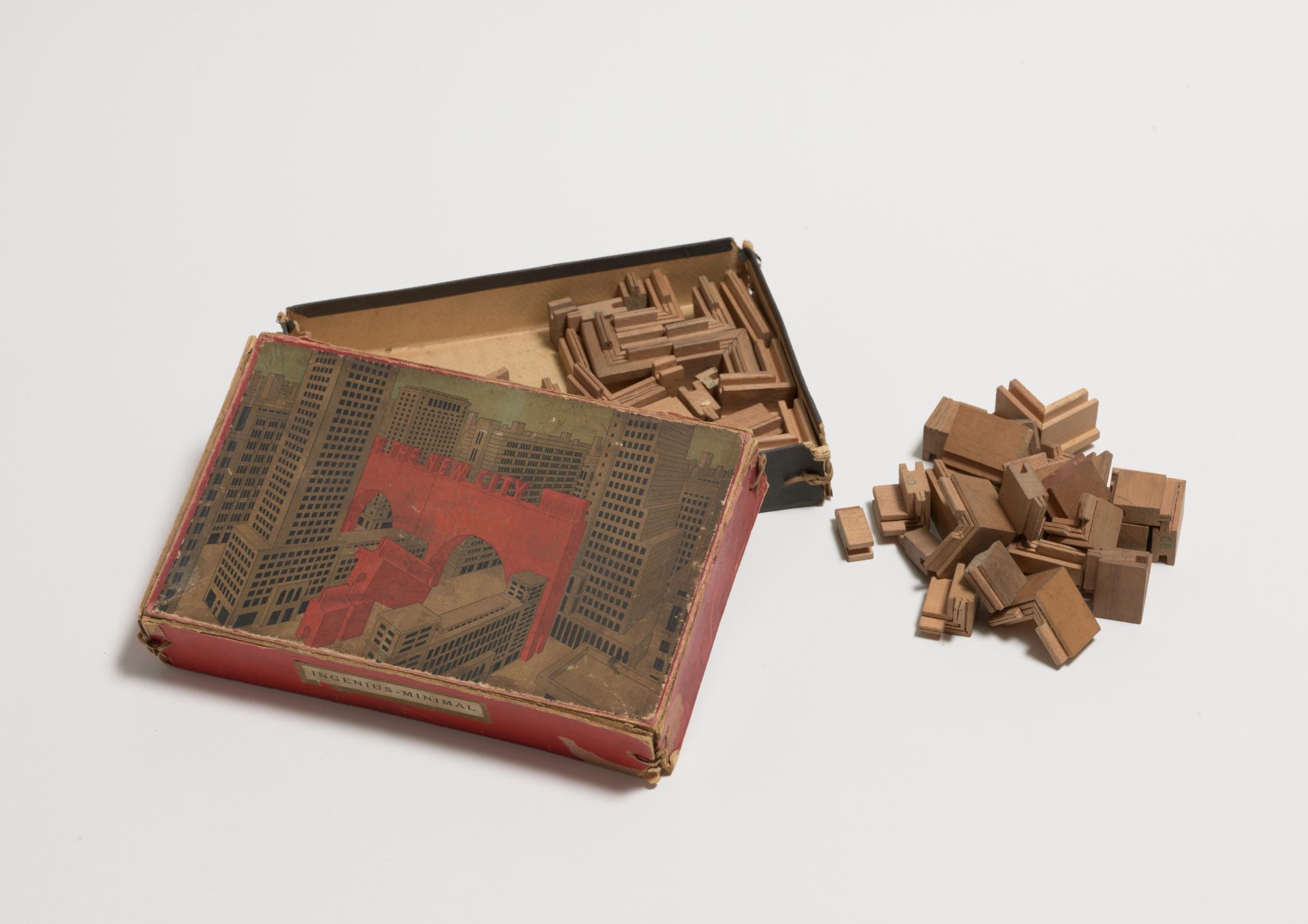
A Glimpse Into Our Collection: The Ingenius Construction Kit by Wilhelm Kreis and Carl August Juengst
Collection -
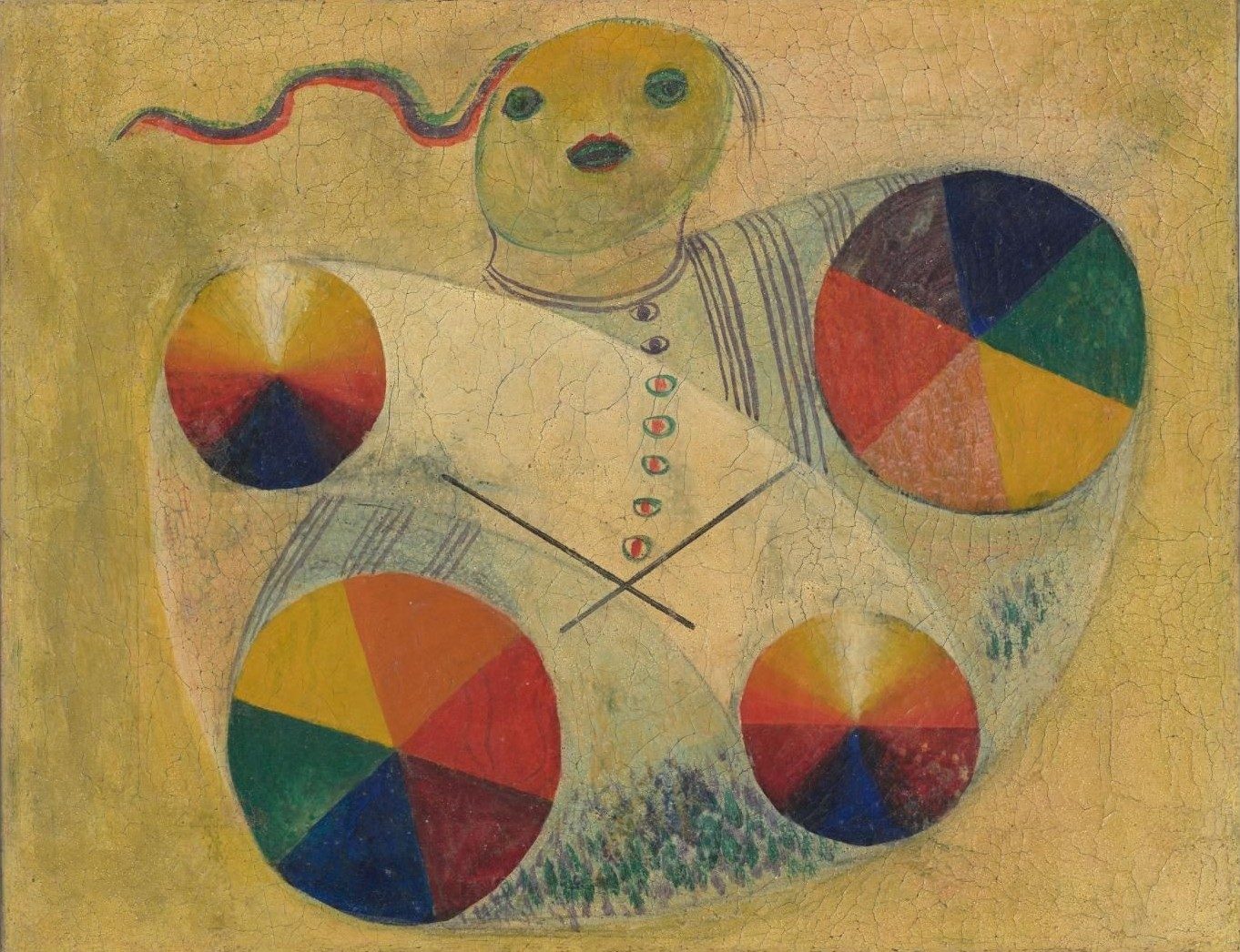
Who was Ludwig Hirschfeld-Mack?
Collection -
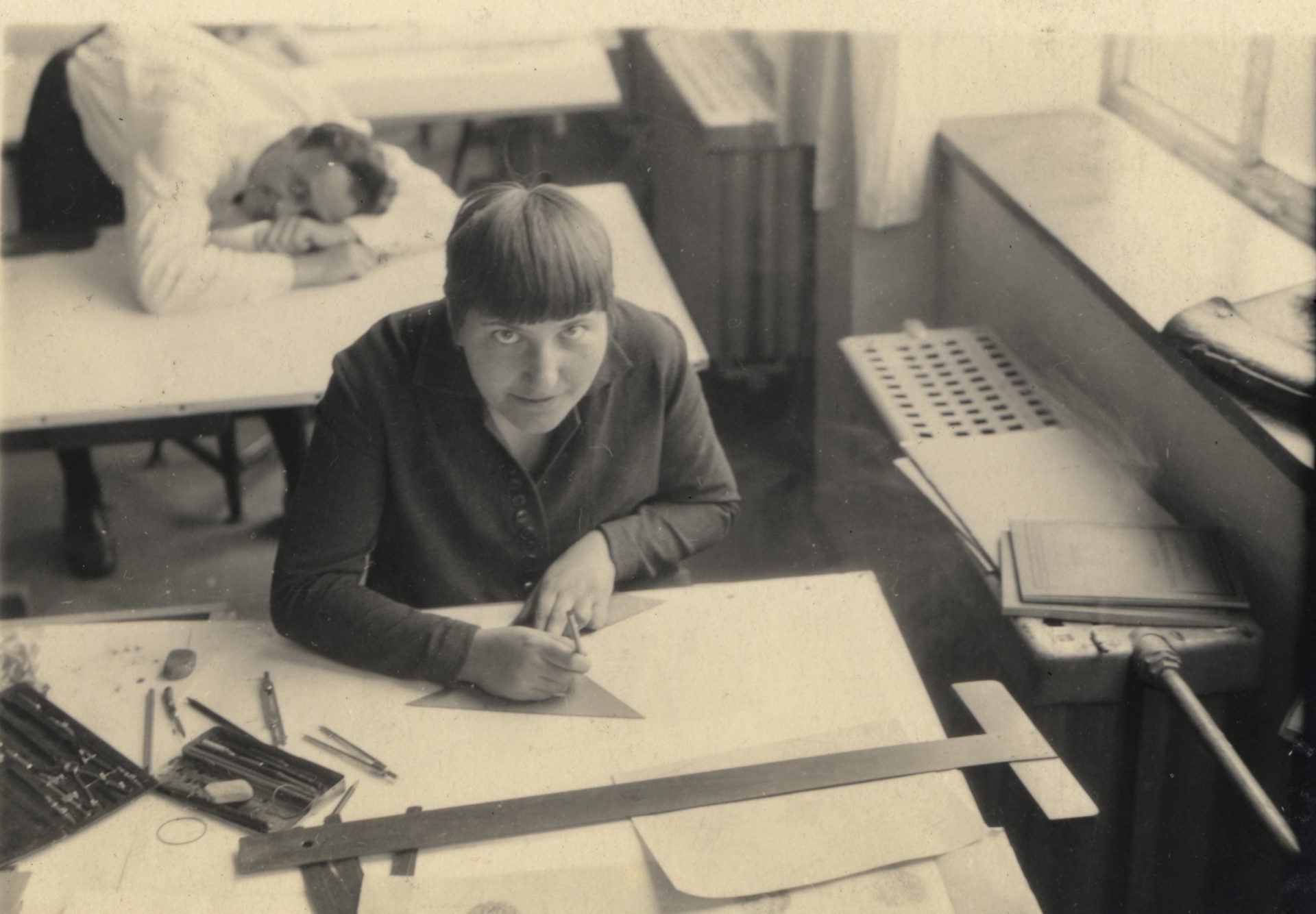
New Vision by Lotte Beese
Collection -
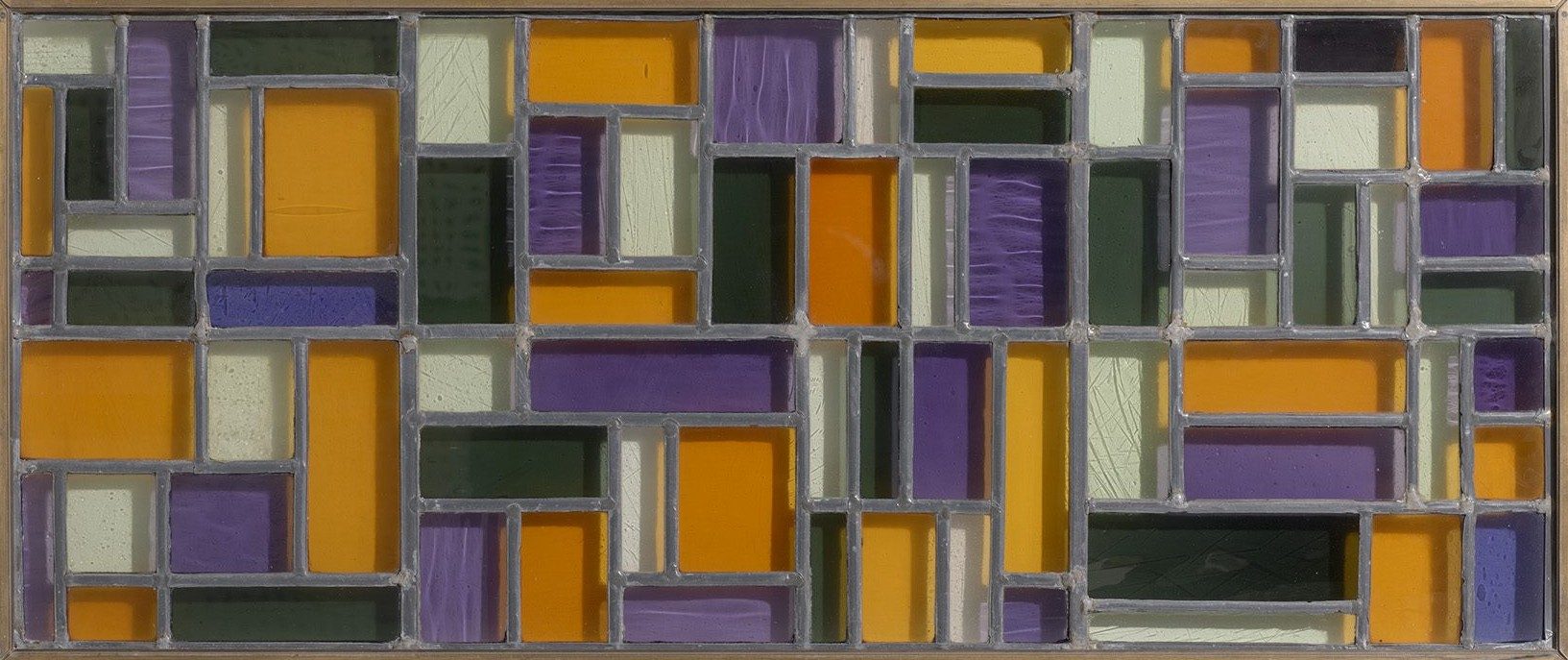
Lead glass at the Bauhaus?
Collection

